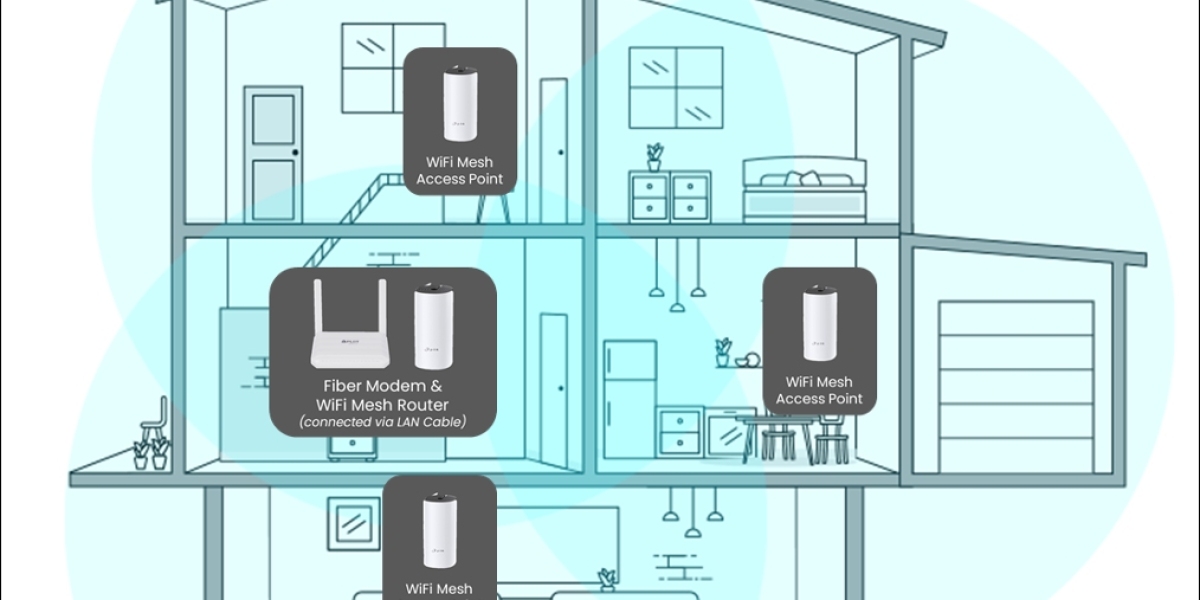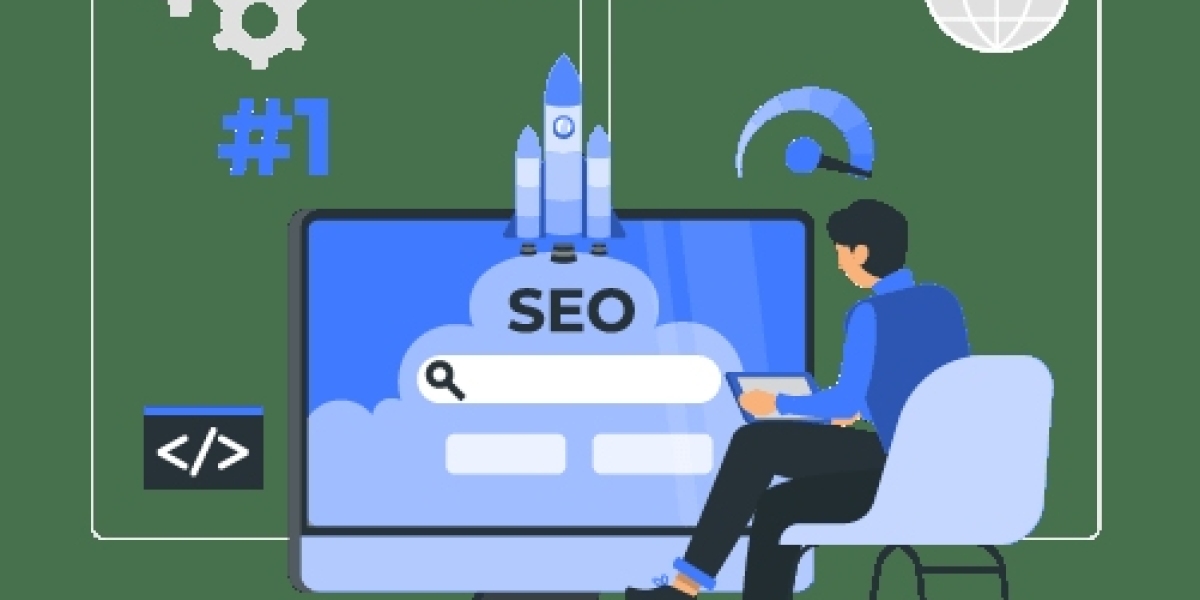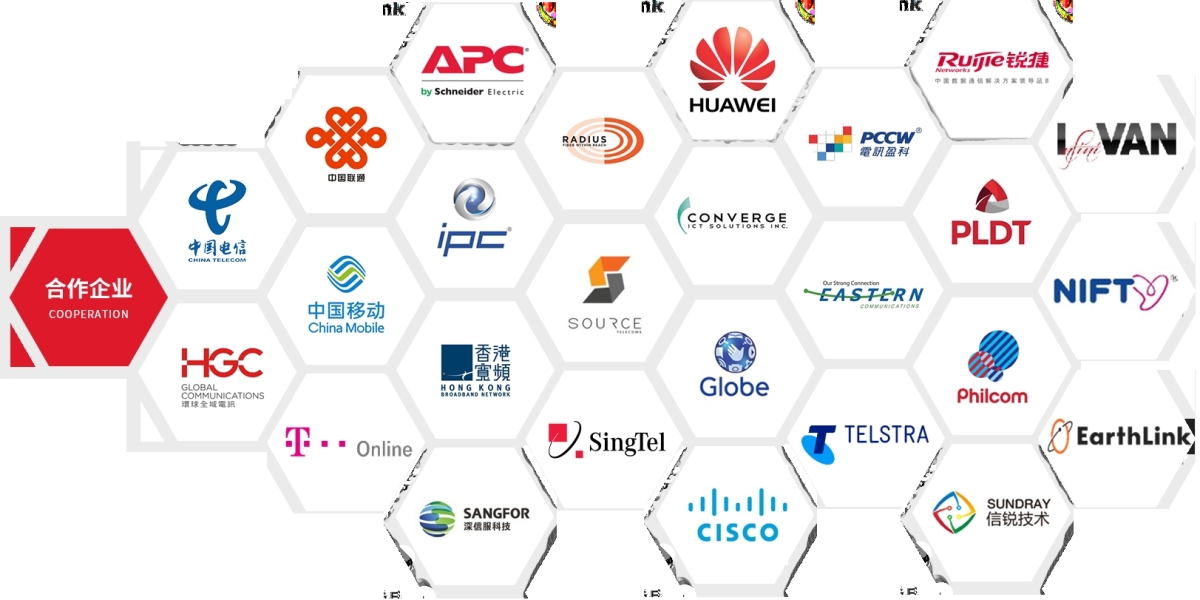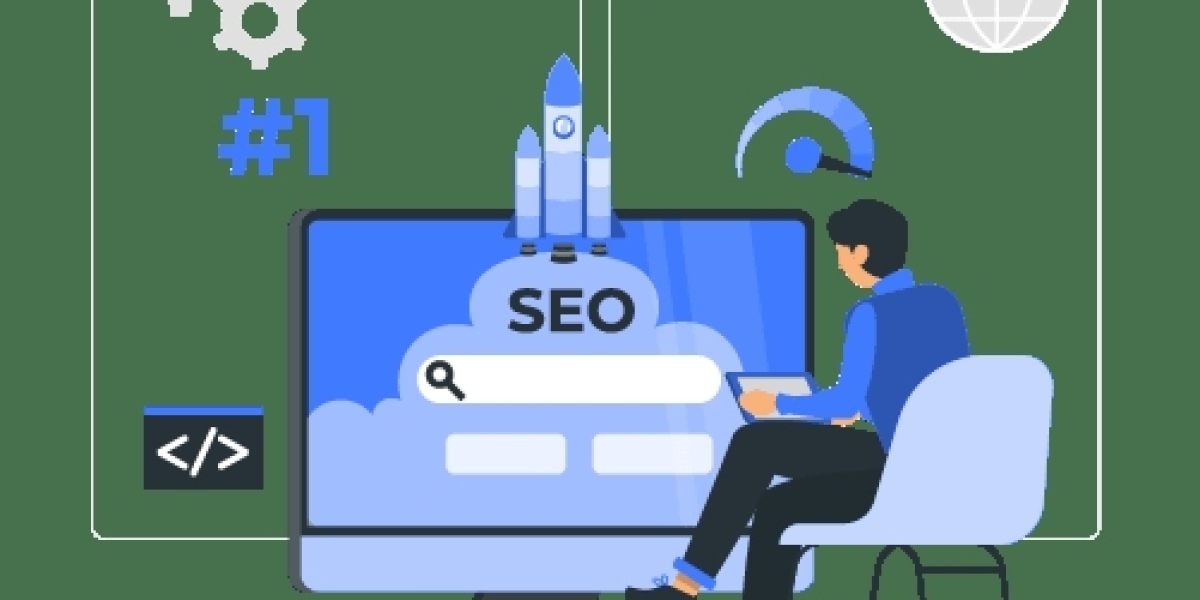In today’s digital age, personal and corporate privacy has become increasingly vulnerable. Whether you’re a business professional, a government official, or an ordinary individual, your information and movements can easily be tracked without your consent. This is where counter surveillance techniques come into play — a specialized field designed to help you detect, identify, and neutralize potential surveillance threats before they compromise your safety or privacy.
Understanding Counter Surveillance
Before diving into the practical methods, it’s important to understand what counter surveillance truly means. At its core, counter surveillance refers to the practice of detecting and preventing unwanted monitoring, whether it’s through physical observation or electronic tracking devices. Modern surveillance has evolved beyond spy movies — today, it can involve micro-sized cameras hidden in walls, audio transmitters embedded in cars, and even software capable of tracking your digital footprint.
When you apply counter surveillance techniques, your main goal is to identify these threats early and respond effectively. This might include physical inspections, electronic sweeps, or behavioral analysis to detect if someone is following or monitoring you. Professionals trained in these methods often combine technology with situational awareness, creating a comprehensive approach to personal and corporate security.
The Importance of Counter Surveillance in Everyday Life
People often associate counter surveillance with government agencies or high-level executives, but the truth is, anyone can become a target. In a world driven by information, privacy has become currency. Competitors, hackers, and even disgruntled employees might use surveillance to gain access to valuable data.
For example, a business owner may use counter surveillance techniques to ensure confidential meetings aren’t being recorded. Similarly, individuals going through personal disputes might rely on these methods to detect hidden cameras or tracking devices placed in their homes or vehicles. Regardless of the situation, understanding how to detect and eliminate surveillance threats is crucial to maintaining control over your privacy.
Detecting Physical Surveillance
One of the oldest and most common forms of spying is physical surveillance — the act of being watched or followed by another person. Detecting this kind of activity requires sharp observation and consistency. You might notice someone appearing repeatedly in different locations, vehicles parked too long near your home, or individuals loitering without purpose.
A good countermeasure is to vary your routines. Change the time you leave home, alter your routes, and observe how others respond. If you notice a pattern repeating itself, that could be an indicator that someone is monitoring you. Experts in counter surveillance techniques emphasize the importance of trusting your instincts; unusual behavior or repeated coincidences are rarely random.
Another useful method is employing what’s known as a “surveillance detection route.” This is a planned path designed to help identify whether you’re being followed. By making intentional detours or stops, you can observe how others react and determine if their presence is more than coincidence.
Electronic Counter Surveillance
While physical surveillance can be unsettling, electronic spying poses an even greater risk in modern times. Devices like GPS trackers, hidden cameras, and audio transmitters have become incredibly small and affordable, making them easy to conceal.
Electronic counter surveillance techniques involve the use of specialized tools such as radio frequency (RF) detectors and non-linear junction detectors (NLJDs). These devices can scan for hidden transmitters and wireless signals that may indicate the presence of spying equipment.
If you suspect your office or vehicle has been compromised, a professional “bug sweep” can help. These sweeps involve scanning for electronic emissions, hidden wiring, and unusual network activity. Some experts even analyze the electromagnetic environment of a room to locate potential eavesdropping devices.
Beyond hardware, digital surveillance has become equally dangerous. Cyber threats can include spyware installed on phones or computers, malicious software designed to steal information, or GPS apps that track your location without permission. In these cases, a digital counter surveillance approach is necessary — using security software, regularly changing passwords, and keeping systems updated to eliminate vulnerabilities.
Counter Surveillance for Vehicles
Vehicles are among the most common targets for GPS tracking. Someone trying to monitor your movements may attach a small tracker under your car, inside a wheel well, or even in the trunk. If you suspect something suspicious, inspect your vehicle regularly. Look for new or unfamiliar objects, wires, or magnets attached to the frame.
For professional-grade inspections, experts use undercarriage mirrors, RF detectors, and GPS detection devices. In advanced cases, counter surveillance techniques may include using specialized tools that can detect and block GPS signals temporarily, ensuring that your route remains private.
Behavioral Counter Surveillance
Technology isn’t the only form of surveillance. Human intelligence gathering — also known as HUMINT — involves individuals collecting information directly from people through social engineering, manipulation, or observation. This is where behavioral counter surveillance techniques become vital.
Being aware of your environment is key. Notice who’s asking too many questions, who appears to know private details, or who consistently appears in your vicinity without reason. Avoid sharing sensitive information publicly or in unsecured locations, and maintain awareness of your digital presence on social media. Even casual posts can reveal patterns that others might exploit.
Professional Counter Surveillance Services
While basic countermeasures can be performed individually, complex or high-risk situations often require expert intervention. Professional counter surveillance teams use advanced detection equipment and trained specialists capable of uncovering even the most sophisticated surveillance attempts.
These services are particularly valuable for corporations handling confidential projects, government officials under potential threat, and individuals involved in legal or personal disputes. A professional team can perform technical surveillance countermeasures (TSCM), ensuring your spaces and devices are free from bugs, cameras, or tracking systems.
Building a Personal Security Mindset
Ultimately, mastering counter surveillance techniques isn’t just about using tools or equipment — it’s about developing the right mindset. Awareness, adaptability, and proactive thinking are your greatest defenses. Make a habit of observing your surroundings, securing your digital footprint, and questioning irregularities in your environment.
Privacy today requires constant vigilance. The same technologies that make our lives more convenient also create opportunities for intrusion. Whether you’re a business leader protecting trade secrets or a private individual safeguarding personal boundaries, counter surveillance empowers you to stay in control.
Conclusion
The rise of advanced surveillance tools has made personal and professional privacy more challenging than ever. However, with the right counter surveillance techniques, you can detect hidden cameras, prevent tracking, and protect your information with confidence. Understanding how to spot unusual behavior, inspect your surroundings, and use technology wisely can make the difference between vulnerability and safety.
Counter surveillance isn’t about paranoia — it’s about empowerment. By learning to recognize potential threats before they escalate, you maintain control over your privacy, your security, and ultimately, your peace of mind.









